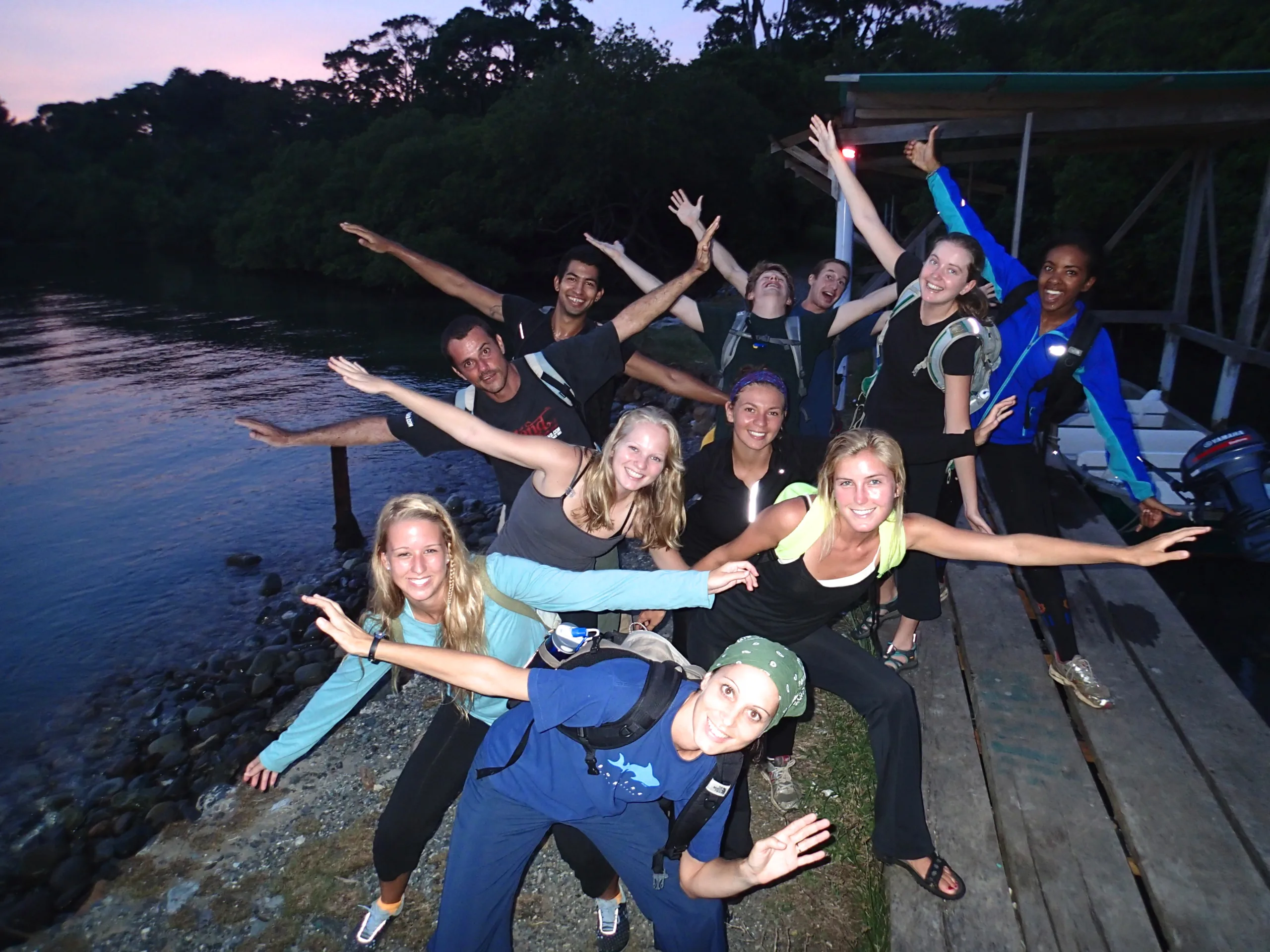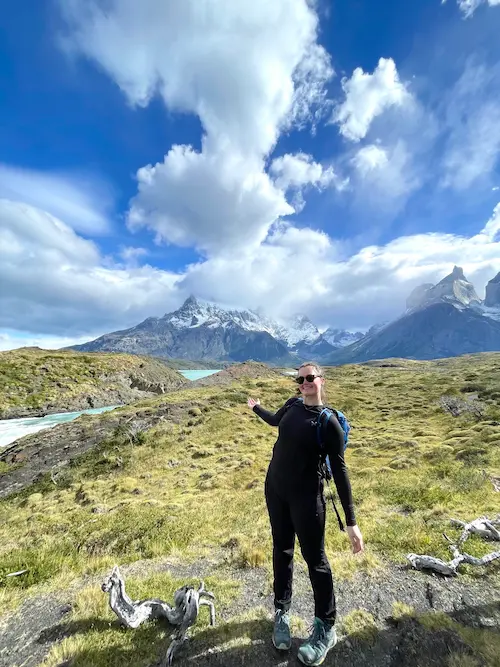Leatherback Turtle Nesting in Playa Bluff
A Success Story of Community-Based Conservation
On Saturday night we had a once in a lifetime experience, witnessing animal behavior that has not changed much for literally millions of years. We took the students to Playa Bluff Municipal Reserve, on Isla Colón to patrol the beach for leatherback turtle nesting. We did this with Cristina Ordoñez and Drew Hart from Sea Turtle Conservancy, and the local guides from community-based turtle conservation project ANABOCA.
The students and staff were prepared to be awake until 2am, walking up and down along the beach for several kilometers, facing mosquitoes and possibly rain, and knowing that seeing a turtle was not guaranteed. Armed with sturdy shoes, mosquito repellent, rain jackets, and plenty of enthusiasm, everyone was very excited and ready for the adventure.
The sense of anticipation was huge and amplified by the silence and darkness surrounding us. Since strong lights and noises can disturb nesting turtles and scare them away, we were not allowed to use flashlights (or cameras) and had to walk quietly. Even though our eyes adjusted quite well and the moon and stars were out, every little dark lump that came into view was transformed in our imaginations to be what we were looking for: a giant leatherback.
Every so often Alfred, one of our wonderful local guides, would stop, instruct us all to crouch down, hide, move to the vegetation, and he would go off alone to investigate. Excitement levels went through the roof when we were told that there was a turtle a few meters away from us. Our hearts were beating fast while we walked slowly in the dark, ready to see a huge leatherback for the very first time in our lives. And there she was: bigger than we expected, slowly crawling towards the sea after she decided not to nest in that part of the beach.
After a little while we were lucky enough to see another turtle, and she was about to nest. We witnessed the whole process from digging the nest, to laying the eggs, to meticulously covering up the nest, and finally going back to the sea. It was an amazing experience, almost surreal, and witnessing the excitement and happiness painted in the students’ faces was priceless.

This field trip was a truly interdisciplinary experience for the students because it tied together themes from ecology, resource management, and environmental policy classes. By witnessing the hard work of the local guides from ANABOCA, the students really got to appreciate that effective conservation always depends on people and values. The local community that once harvested turtles and their eggs is now using these resources for eco-tourism, and collecting valuable data for research on this critically endangered species.
Related Posts


